iPhone SE 2020 vs. iPhone 8: Should you upgrade?
The iPhone 8 is dead, but the iPhone SE 2020 beats it in several key areas
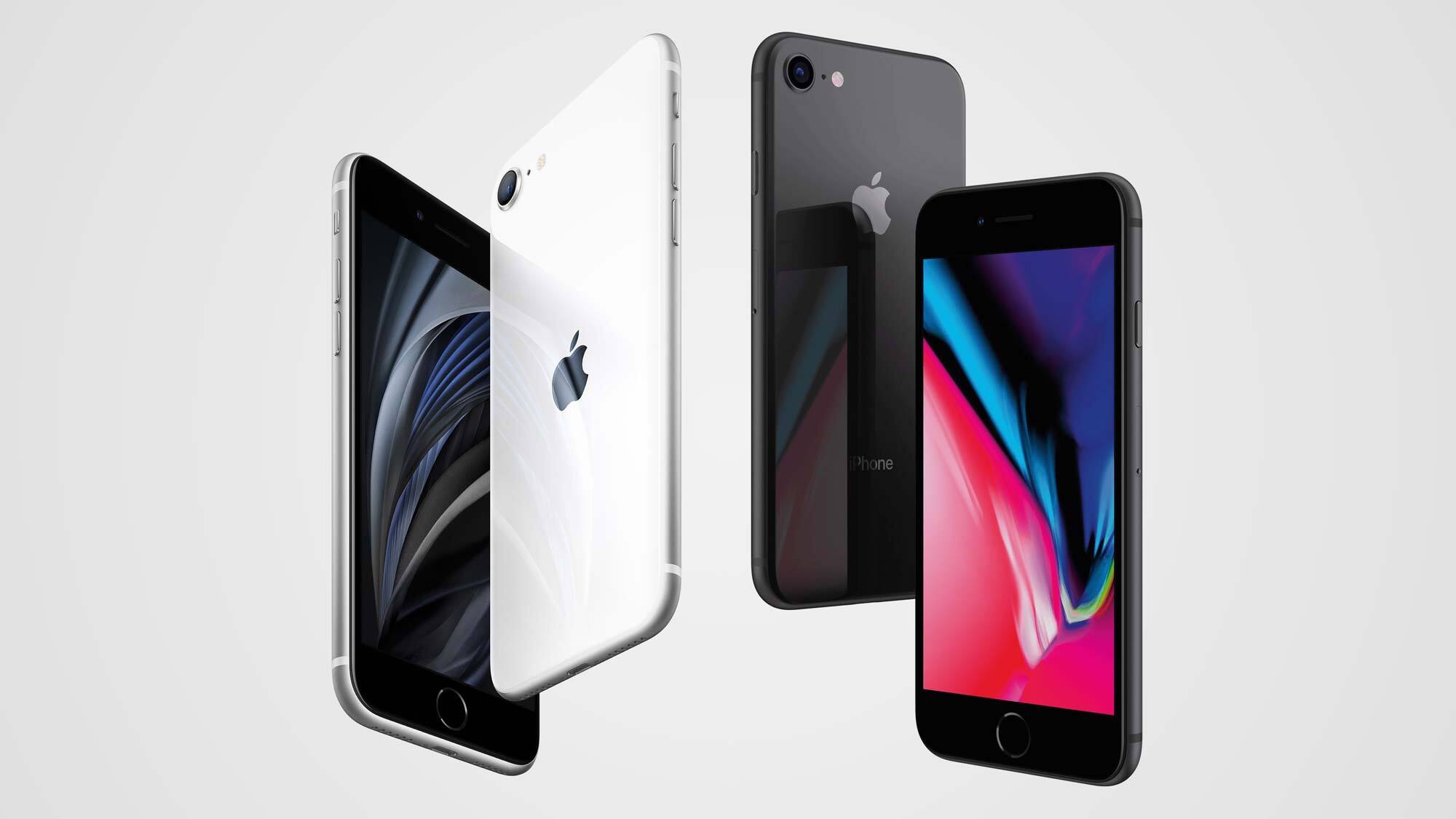
For the iPhone 8, it truly is a case of "here today, gone tomorrow." Had you logged onto Apple's website just 24 hours ago, you would have spotted the iPhone 8 occupying the space of the cheapest iPhone on sale at Apple's online store.
But as of this morning (April 15), the iPhone 8 was gone, replaced by the iPhone SE 2020. A revamped version of Apple's much beloved compact phone from 2016, the latest iPhone SE is now the least expensive option for people who don't want to pay $699 or more for one of Apple's iPhone 11 models.
- iPhone SE 2020 review: Our verdict is in
- Best iPhone SE 2020 deals
- What's different: iPhone SE 2020 vs. iPhone 11
The iPhone SE 2020 may have assumed the iPhone 8's place in Apple's phone lineup, even taking on the older iPhone's frame and screen size. Like the iPhone 8, the new SE measures 5.5 x 2.7 x 0.29 inches and features a 4.7-inch display surrounded by chunky bezels and a Touch ID-equipped home button. But this is no mere iPhone 8 replacement — instead, the iPhone SE is a big step forward for Apple's most compact, most affordable smartphone.
We still need to review this new phone, but here are all the ways on paper that the iPhone SE 2020 surpasses the iPhone 8.
iPhone SE 2020 vs. iPhone 8: Specs compared
| Row 0 - Cell 0 | iPhone SE 2020 | iPhone 8 |
| Starting Price | $399 | $449 |
| Screen Size (Resolution) | 4.7 inches (1,334 x 750) | 4.7 inches (1,334 x 750) |
| CPU | A13 Bionic | A11 Bionic |
| RAM | Unknown | 2GB |
| Storage | 64, 128, 256GB | 64, 256GB |
| Rear Camera | 12MP (f/1.8) | 12MP (f/1.8) |
| Front Camera | 7MP (f/2.2) | 7MP (f/2.2) |
| Rated Battery Life | 12 hours of internet use | 12 hours of internet use |
| Size/Weight | 5.5 x 2.7 x 0.29 inches / 5.2 ounces | 5.5 x 2.7 x 0.29 inches / 5.2 ounces |
The iPhone SE 2020 is cheaper than the iPhone 8
Let's start out with the most obvious difference: You won't have to pay as much for the new iPhone SE as you did with the iPhone 8.
Last fall, Apple cut the price on the iPhone 8 to $449. That's pretty low, even by Apple's standards, but the iPhone SE takes things below the $400 threshold. At $399, the iPhone SE is the cheapest handset Apple has sold since... well, when it cut the price on the original iPhone SE.
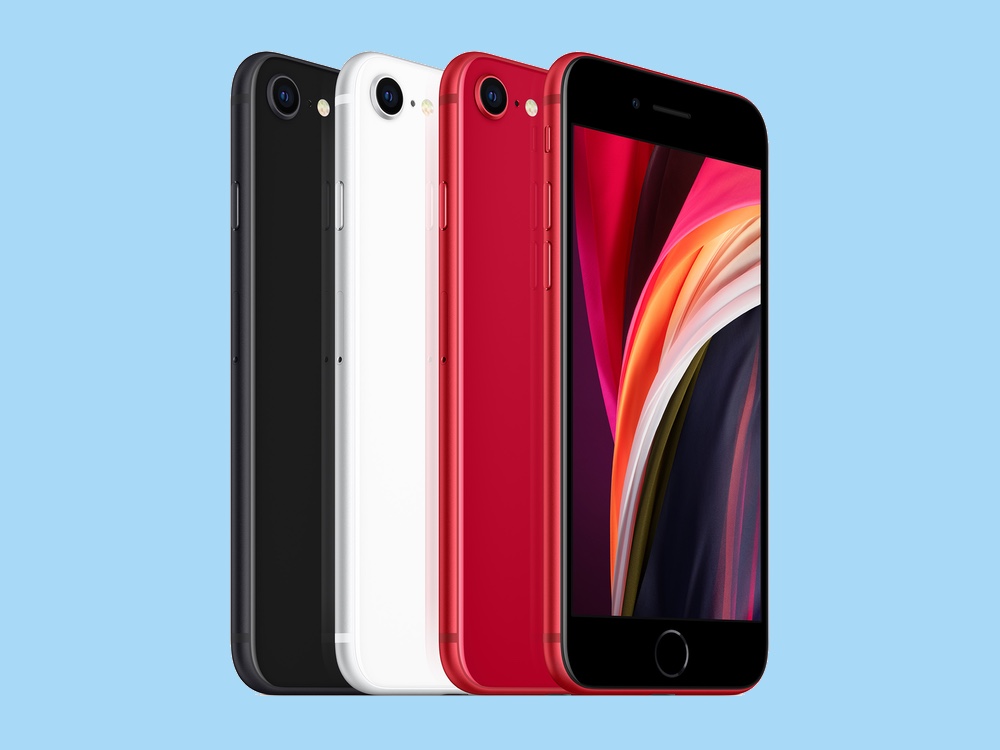
Note that $399 is only the starting price for the iPhone SE. If you want more storage than the 64GB featured in the base model, you'll need to pay a little more. The 128GB iPhone SE costs $449, which you'll realize is what you were paying before for a 64GB iPhone 8.
The iPhone SE 2020 has a faster processor
The iPhone 8 was getting by with an A11 Bionic processor — still a pretty peppy chip, but not the state-of-the-art CPU it was back when the phone debuted in 2017. The iPhone SE skips ahead a couple generations. It's powered by the same A13 Bionic chip found in the iPhone 11 lineup — you know, the one currently setting the pace for the rest of the smartphone world. That means for less than $400, you're getting a phone running one of the best mobile processors around.
This is hardly a departure from the iPhone SE philosophy. The original SE debuted with the same Apple A9 processor that powered what was then Apple's leading flagship phone, the iPhone 6s. So it stands to reason that Apple would make a similar move with the iPhone SE 2020.
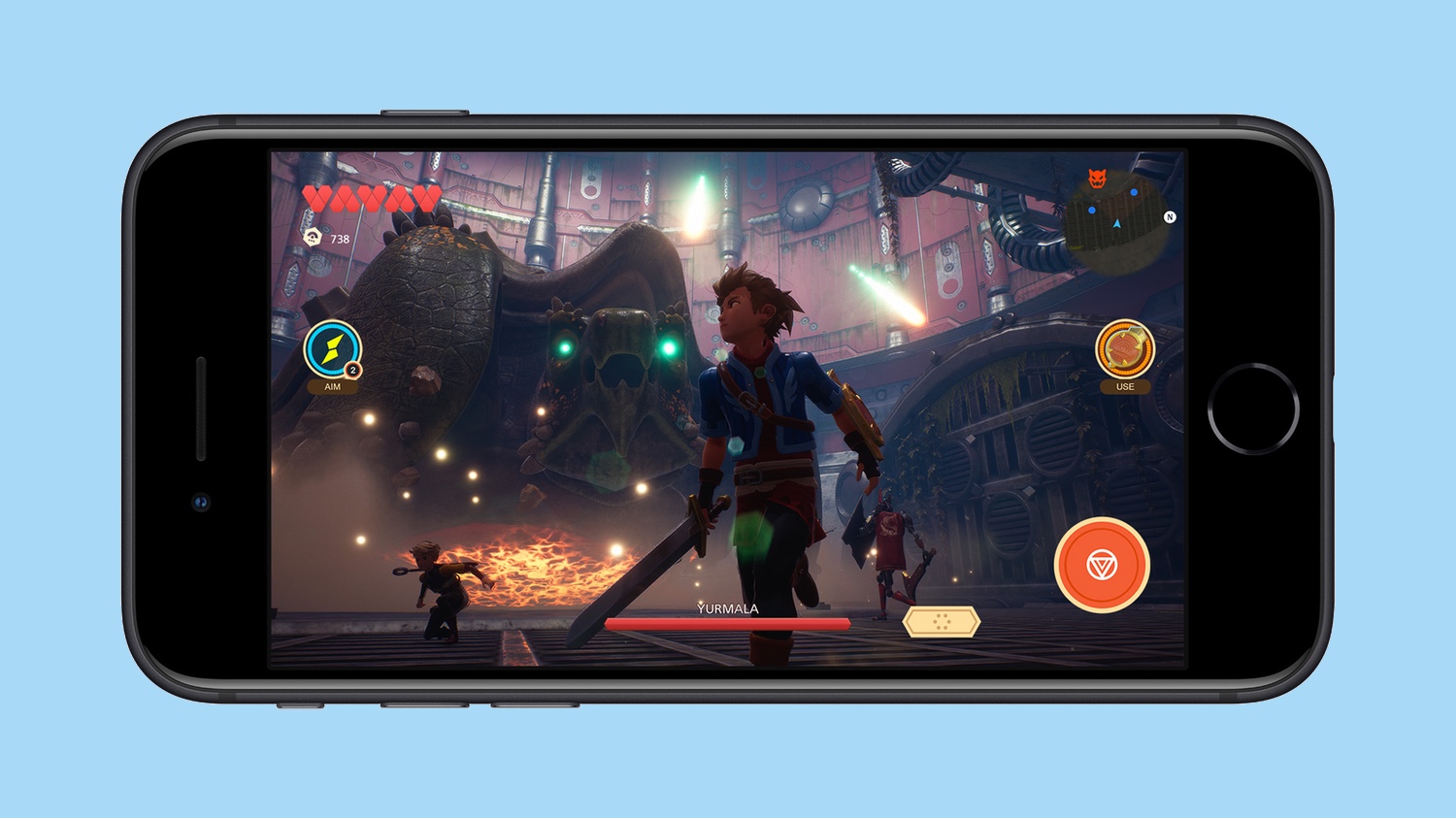
The winner in this scenario? You, my friend, as you'll get a budget phone that can keep pace with Apple's leading smartphones (at least depending on how much memory Apple plans to pack inside of the new SE). According to Apple's figures, the A13 powering the iPhone SE 2020 is 40% faster than the iPhone 8's processor. And for those of us holding onto our original SEs, we're going to see a 2.4x faster phone should we upgrade to the new model.
The iPhone SE 2020 has a longer shelf life
There's another benefit to that newer processor beyond just running apps faster and making graphics whiz by with greater alacrity. You'll also be able to hold onto your iPhone longer.
Apple has a pretty good track record of making sure that older phones are able to run the latest version of its mobile software. The older iPhone SE may have debuted in 2016, for example, but you can still run iOS 13 on that device. (There's some question as to whether you'll be able to say that about this fall's iOS 14 update, but up until now, all signs have pointed to yes.) Boosting the processor in a new iPhone SE means that three or four years down the road, you'll likely be able to run whatever iOS version Apple is up to by then. It's unlikely the iPhone 8 will be able to make the same claim.
The iPhone SE 2020 has better cameras than the iPhone 8
No, you're not going to get multiple rear lenses when you opt for the new iPhone SE. That feature will require you to pay up for an iPhone 11. But the rear lens on the iPhone SE 2020 is almost certainly better than what the iPhone 8 makes do with.
For starters, we're talking about better hardware. The iPhone SE will use a 12-megapixel shooter with an aperture of f/1.8, not unlike the lens that came with 2018's iPhone XR. That itself was an upgrade from the iPhone 8's camera, even though that phone also used a 12MP lens.
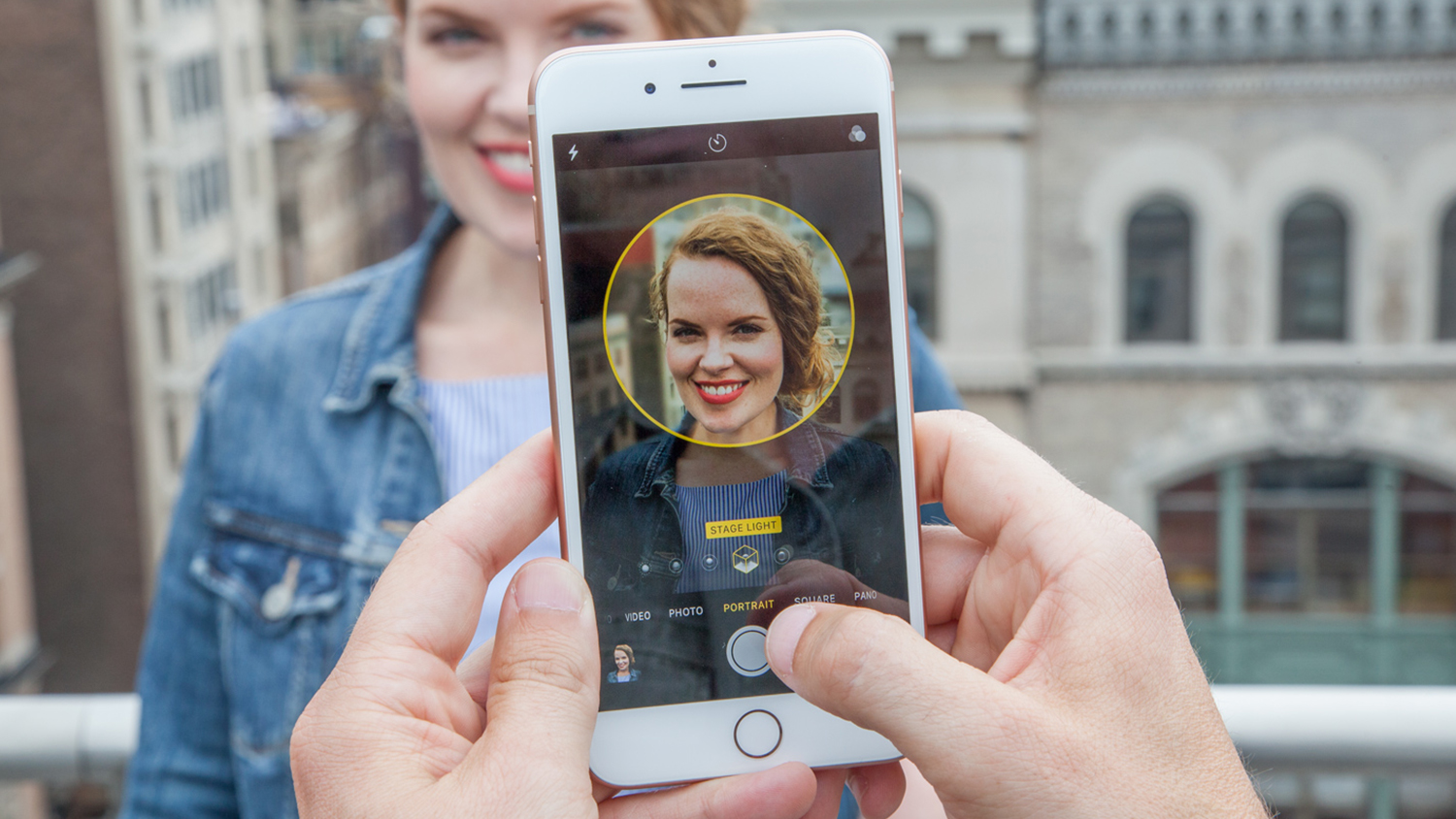
But other aspects of the iPhone's camera system have advanced in the two-plus years since the iPhone 8 debuted. Apple's chipset includes a better image signal processor and neural engine that handle better computational photography features. As a result, Portrait Mode, image stabilization, white balance and other features are all getting a boost on the iPhone SE 2020.
The new phone can take portrait shots with its front 7MP camera, and it's capable of capturing 4K video at 60 frames per second as well.
What's not changing with the iPhone SE 2020
Still, some aspects of the iPhone SE 2020 are going to remain identical to the iPhone 8 — at least on paper. Like the older phone, the new SE features an LCD panel, not an OLED one. Resolution on the iPhone SE 2020's screen is 1,334 x 750, matching the iPhone 8.
Apple says that the battery life on the iPhone SE is going to be consistent with the iPhone 8, which was rated for 12 hours of internet usage. I'm curious to see if that's the case, since presumably the A13 processor inside the new SE consumes power more efficiently. We could see better numbers when we run the iPhone SE 2020 through our Tom's Guide battery test (continuous web surfing over LTE).
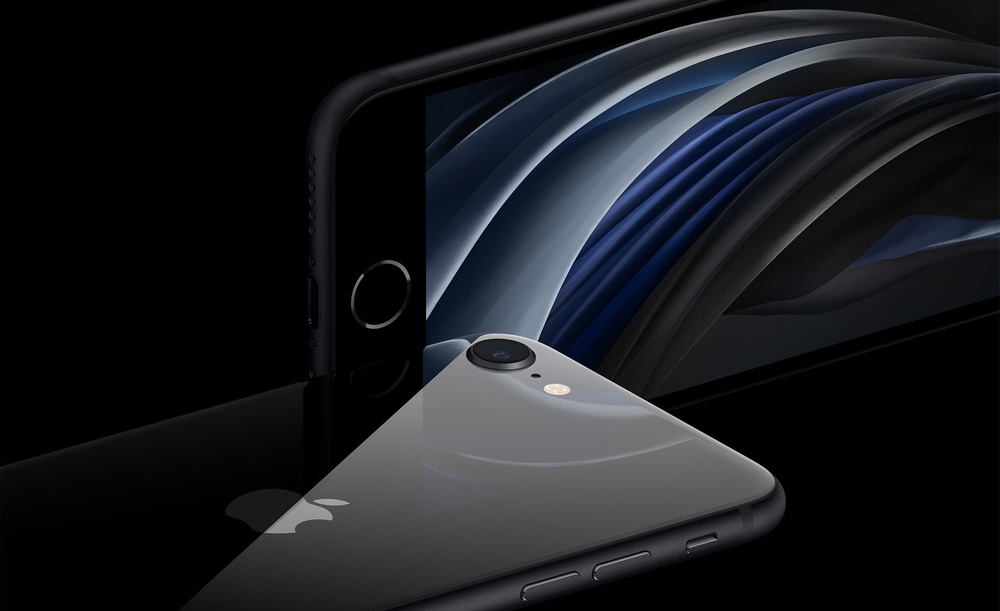
Speaking of LTE, that's how you'll connect to cellular networks with the iPhone SE, just as you did with the iPhone 8. 5G connectivity isn't expected to arrive until the fall when the iPhone 12 models debut.
As for charging, the iPhone SE supports 18-watt charging just like the iPhone 8. But, just like the iPhone 8, you're getting a 5-watt charger in the box, so you'll have to pay up for an accessory to reap the benefits of fast charging support.
iPhone SE 2020 vs. iPhone 8: Should you upgrade?
Even with those similarities, the differences between the iPhone SE and iPhone 8 are significant In every category that matters — performance, camera and overall value — the iPhone SE 2020 is a marked improvement over what Apple previously offered budget-minded shoppers.
Owners of the original iPhone SE may grumble that the new phone's screen size has creeped upward, from 4 inches to 4.7 inches. But they'll likely be swayed by the low price tag and the fact that the new iPhone SE gives them an inexpensive way to benefits from most of the advances Apple has made with its smartphones in subsequent years.
We'll still need to test the iPhone SE 2020 to see how it measures up to Apple's previous phones. But the initial specs look promising for fans of compact, low-cost phones.
Sign up to get the BEST of Tom's Guide direct to your inbox.
Get instant access to breaking news, the hottest reviews, great deals and helpful tips.
Philip Michaels is a Managing Editor at Tom's Guide. He's been covering personal technology since 1999 and was in the building when Steve Jobs showed off the iPhone for the first time. He's been evaluating smartphones since that first iPhone debuted in 2007, and he's been following phone carriers and smartphone plans since 2015. He has strong opinions about Apple, the Oakland Athletics, old movies and proper butchery techniques. Follow him at @PhilipMichaels.

